




Author: Dr. Garima Biswas
Yoga 3
What exactly is the pelvic floor?
The pelvic floor consists of layers of muscles, ligaments, and connective tissue surrounding the vagina and rectum. These muscles extend from the pubic bone to the tailbone, providing support to pelvic organs such as the bladder, uterus, and bowel. They are actively engaged during activities like urination, vaginal intercourse, and childbirth. Designed to stretch under pressure and rebound, the pelvic floor ensures continuous support.
How does pregnancy impact the pelvic floor?
During pregnancy, the pelvic floor stretches to accommodate the growing baby. As time passes, the muscles weaken due to the constant strain. Instead of returning to their optimal position, weakened muscles may struggle to provide adequate support. This weakening can result in difficulty controlling the bladder, particularly in the later stages of pregnancy.
Why is pelvic floor health essential for both mother and baby?
Maintaining pelvic floor health before, during, and after pregnancy is crucial. Strengthening these muscles prior to pregnancy helps mitigate damage caused by carrying a baby. Additionally, a robust pelvic floor reduces the risks associated with labor and delivery, easing the process for both mother and baby. Regardless of the delivery method—vaginal or cesarean—the pelvic floor undergoes significant strain, so ensuring its health facilitates faster postpartum recovery.
Moreover, a weakened pelvic floor can lead to pelvic organ prolapse, where pelvic organs shift out of position, causing discomfort and pain during sex and daily activities.
Prioritizing pelvic floor health throughout pregnancy contributes to the well-being of both mother and child, promoting a smoother childbirth experience and faster postpartum recovery
Add comment

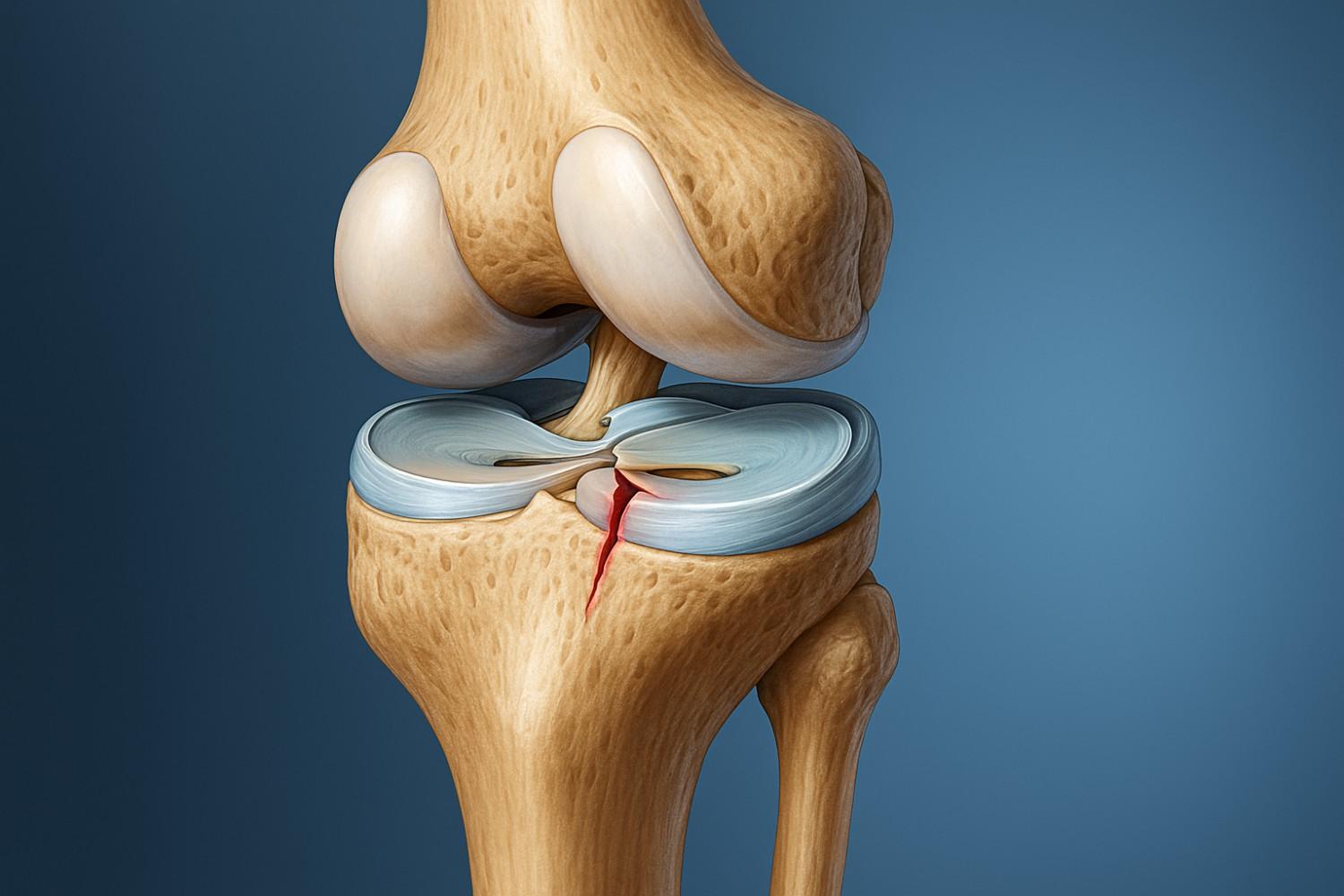



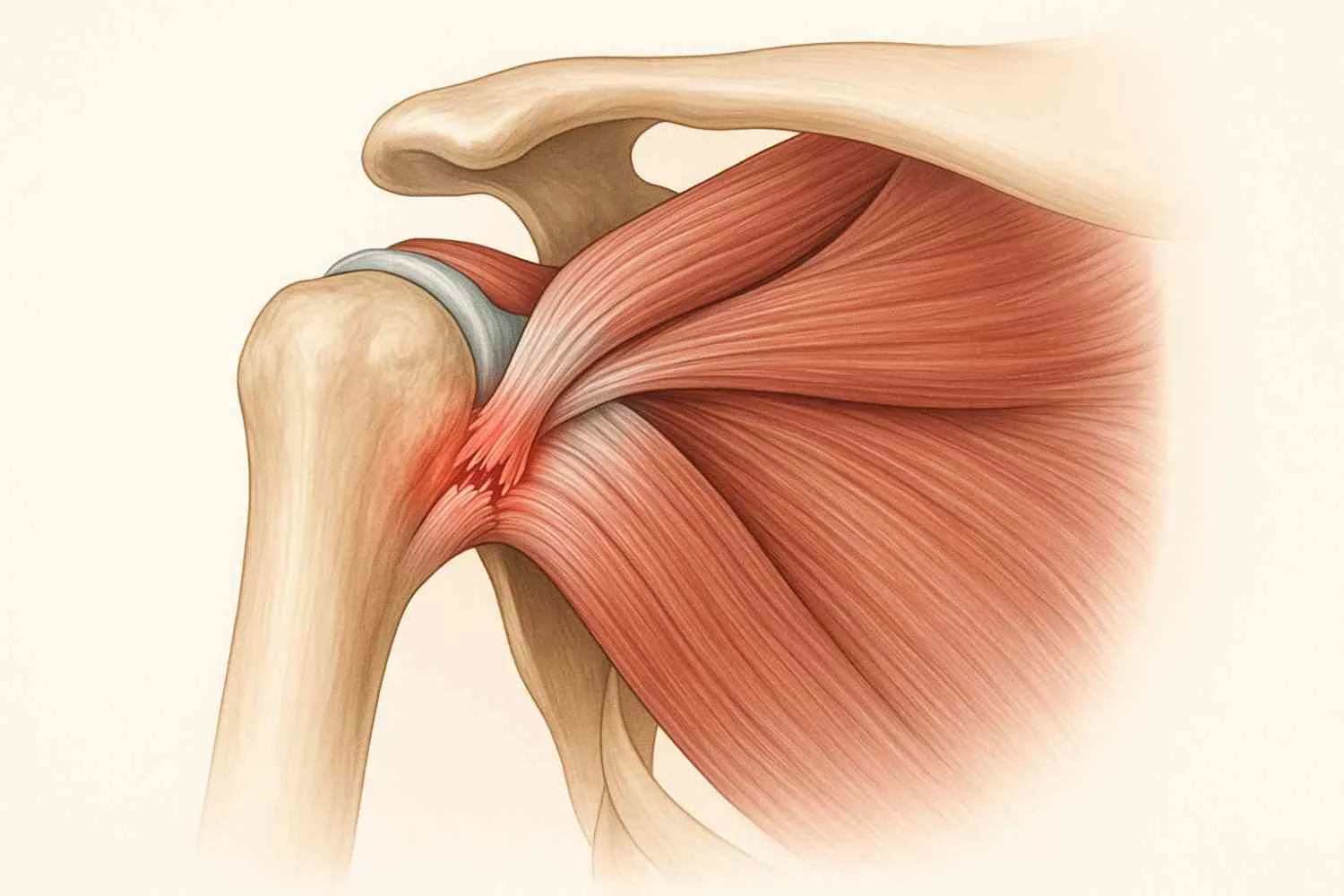
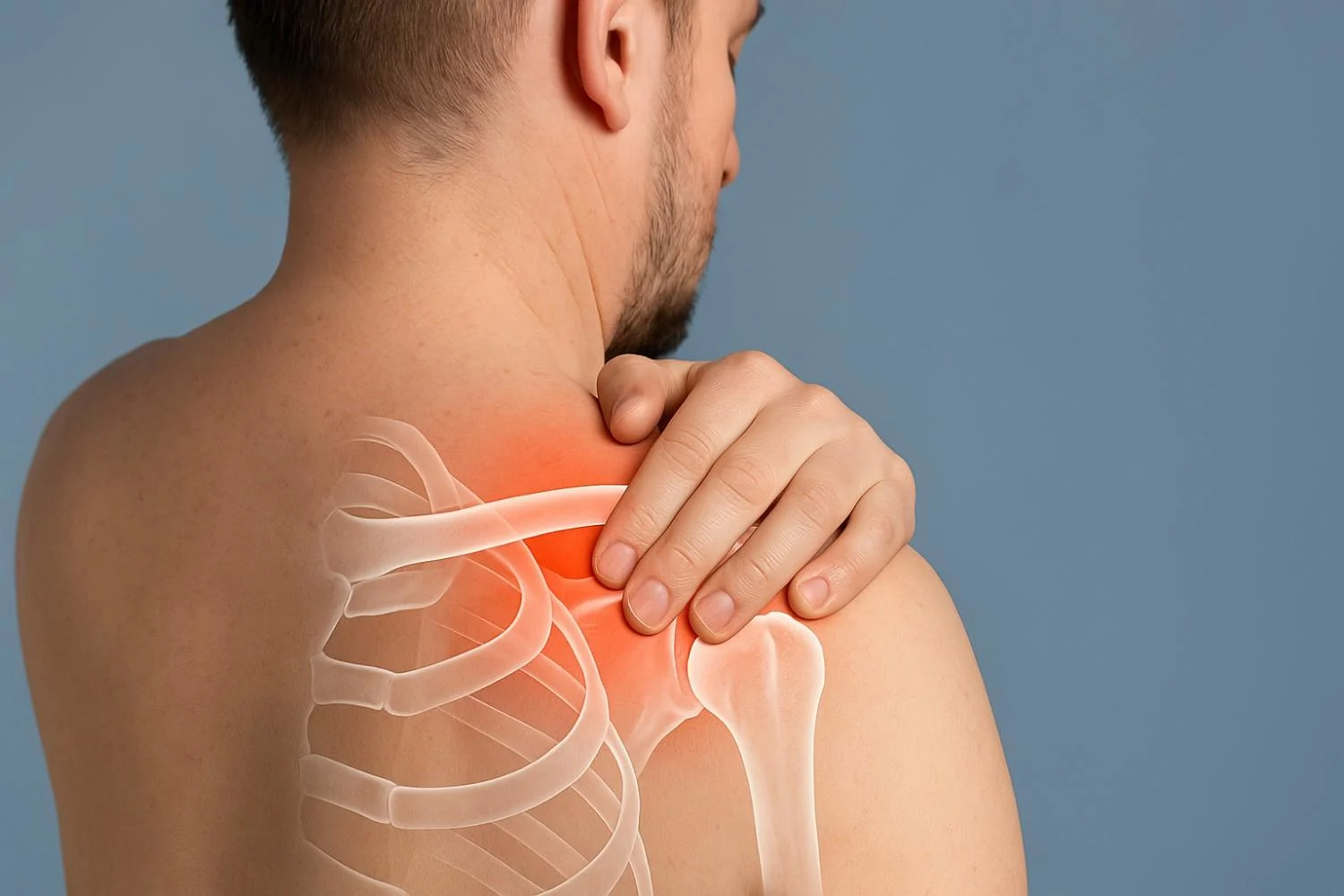









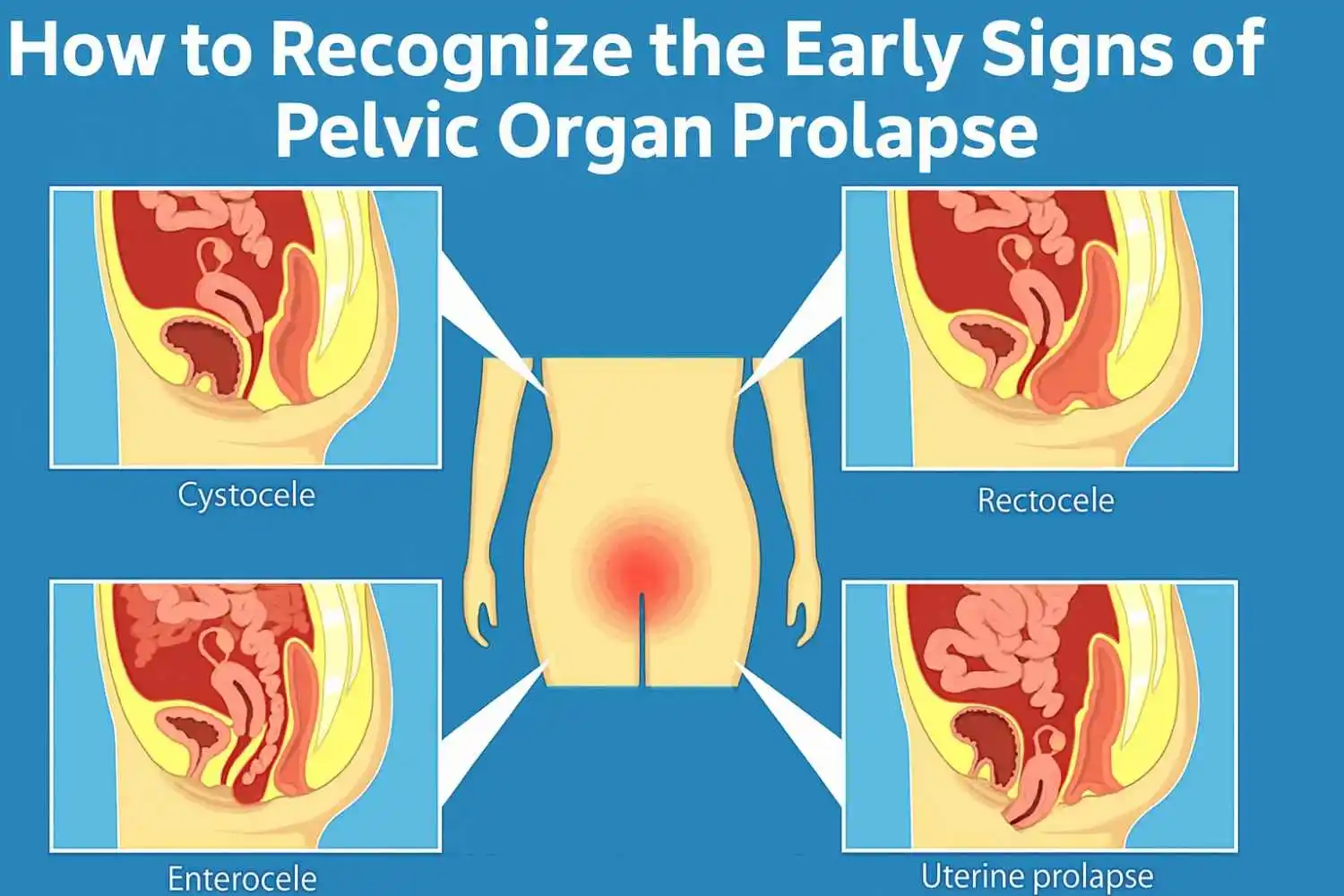
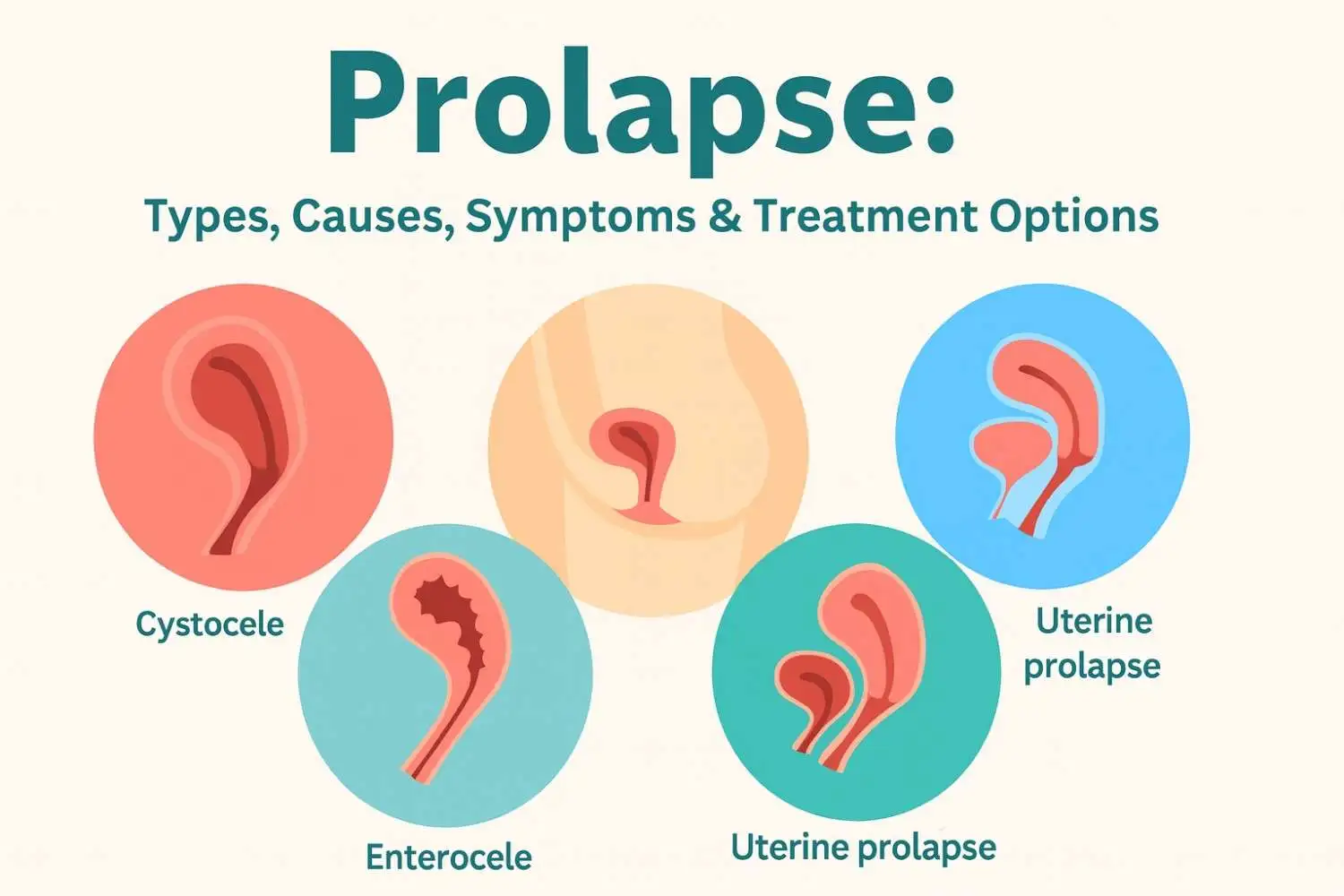









.webp)





.jpg)






































